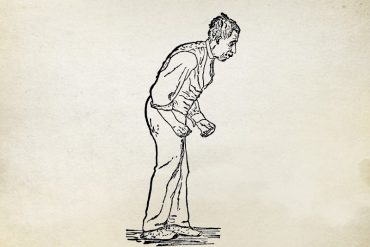Catchy headlines are part and parcel of journalism. In many instances, clickbait and paranoia-stirring oversimplifications are the norm. This was especially true in the cold war era.
On 26 April 1986, when a chemical explosion ripped through the Chernobyl nuclear power plant in northern Ukraine, the Press went into overdrive with their headlines. “RED NUKE DISASTER,” screamed The Sun, a British tabloid, on its front page; “2000 DEAD IN ATOM’ HORROR,” said the Daily Mail; “NUCLEAR DISASTER-RADIOACTIVE CLOUD HEADS FOR BRITAIN,” blared The Daily Express.
Soon, The Telegraph, a British broadsheet, published an article with a headline: “Meltdown could kill 10,000 in 10 years.” Accompanying this tripe was a caricature of Death looking forward to appointments in 2006.
Some even speculated the death toll caused by radiation to be in the millions. “1 million Chernobyl fatalities?” asks an IEEE Spectrum article. Another article in Utne Reader article asks a similar question: “Chernobyl Death Toll: 4,000 or 1 Million?” The death toll, however, is not in the millions – or in the thousands. In 2005, the WHO came up with a press release which directly contradicts the newspaper speculation. It says:
-30-
Copyright©Madras Courier, All Rights Reserved. You may share using our article tools. Please don't cut articles from madrascourier.com and redistribute by email, post to the web, mobile phone or social media.Please send in your feed back and comments to [email protected]











